Give reason for the following :
'In acylium ion, the structure R−C≡O⊕ is more stable than R−⊕C=O.
Step by step video & image solution for Give reason for the following : 'In acylium ion, the structure R-C -= O^(oplus) is more stable than R- overset(oplus) C=O. by Chemistry experts to help you in doubts & scoring excellent marks in Class 12 exams.
Updated on:21/07/2023Topper's Solved these Questions
Similar Questions
Knowledge Check
Identify the carbocations lesser stable than CH3−⊕CH2 :
A.⊕CH3 :BCH2=⊕CH(Vinyl Carbocation)C D
D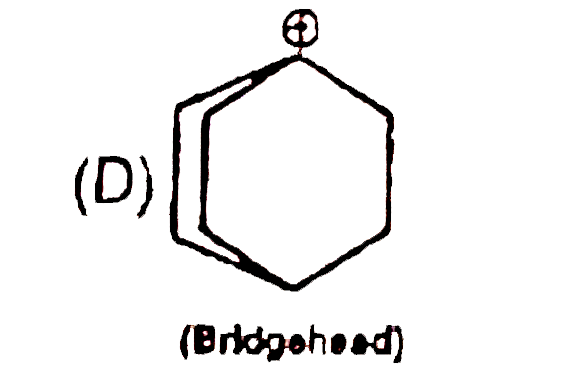
Find the more stable C⊕?
A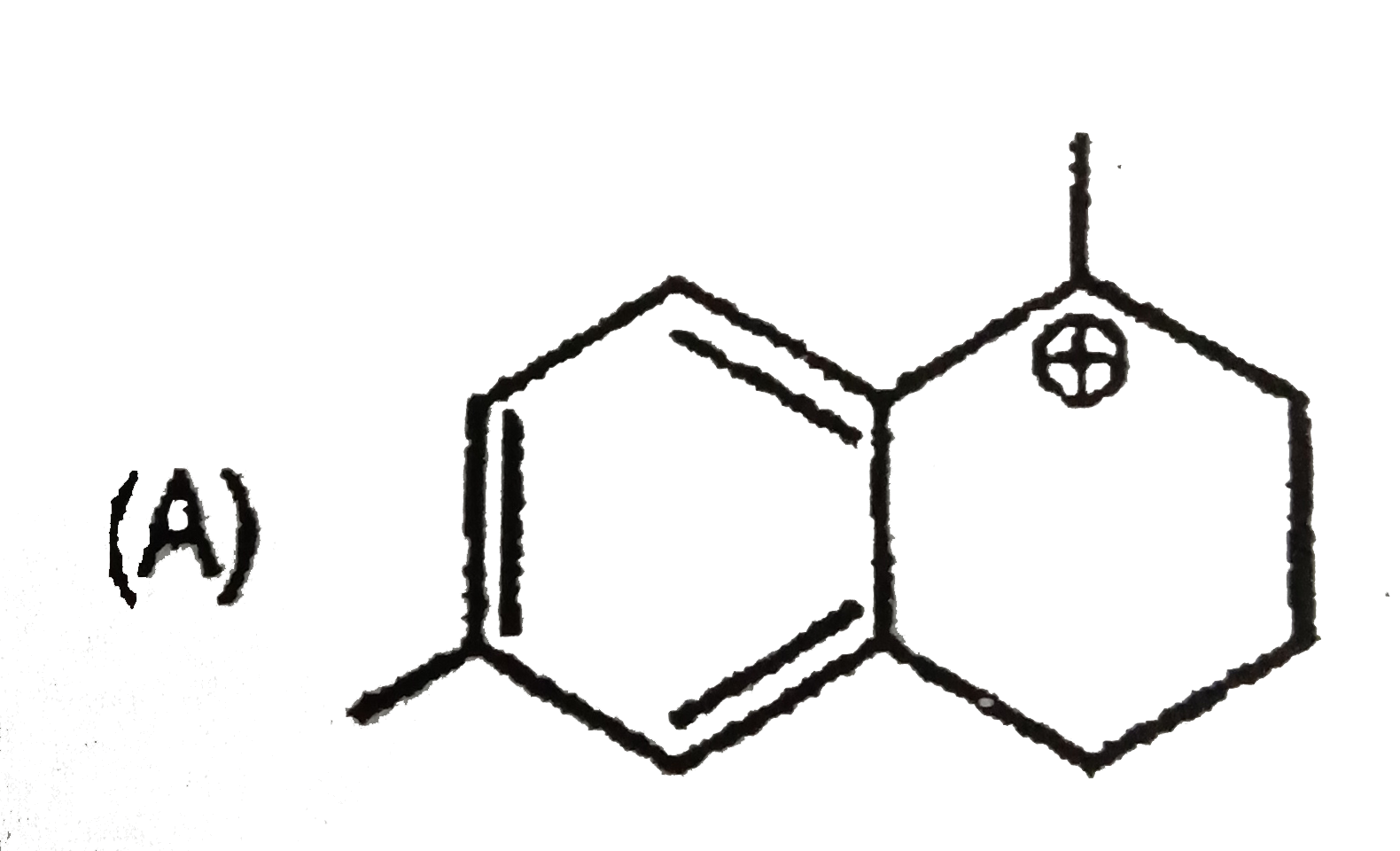 B
B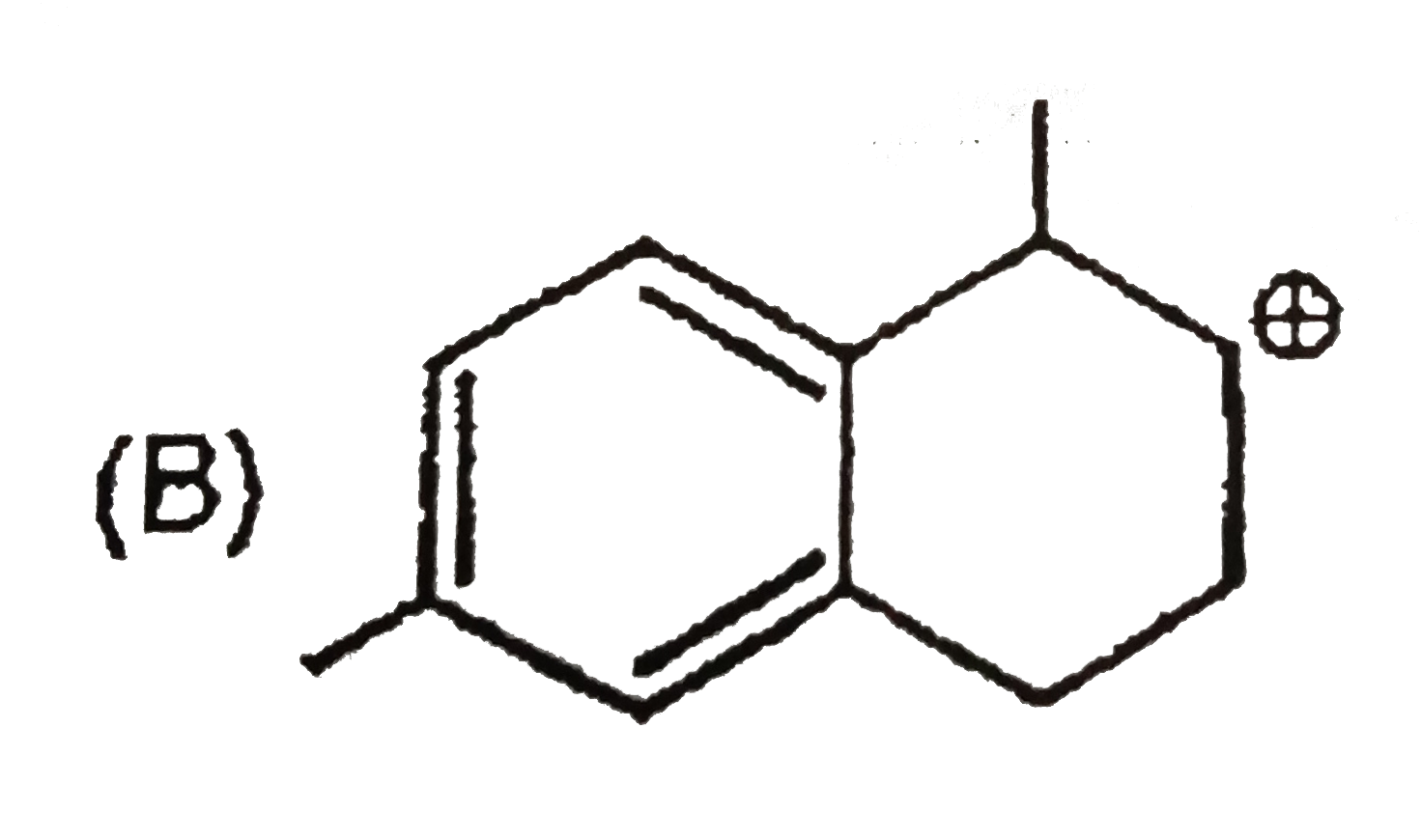 C
C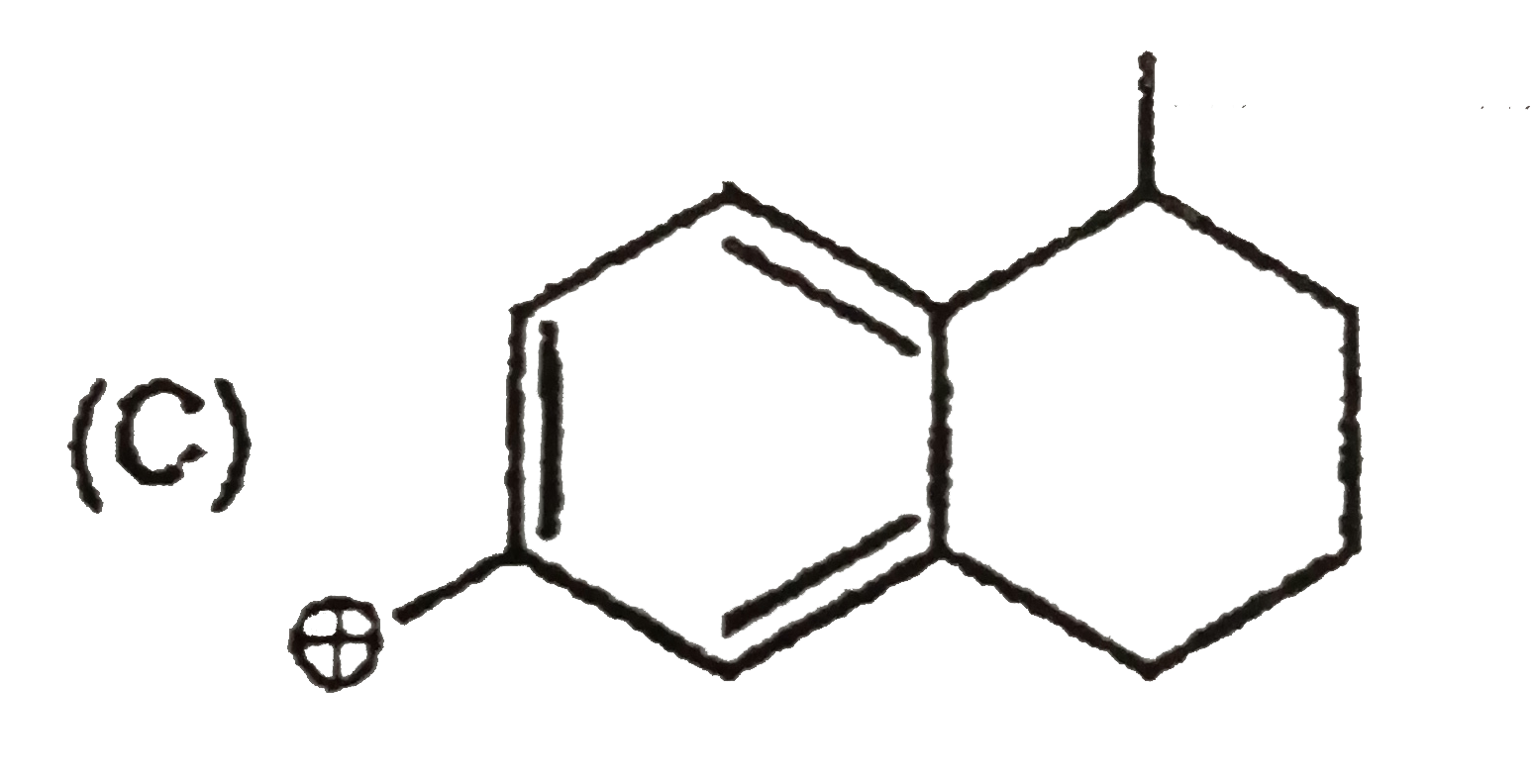 D
D
Explain the following :
(a) Why MeNH⊕CH2 (I) is more stable more than MeCH2⊕CH2 (II) when both are 1∘ carbocations ?
(b) Which of the following intermediate is unstable ?

( c) Why allylic free radical (CH2−CH=CH2)(I) is more stable than propy1 free radical (.CH2−CH2−CH3)(II), when both are 1∘ free radicals ?
(d) Arrange the following in the decreasing order of their stabilities :
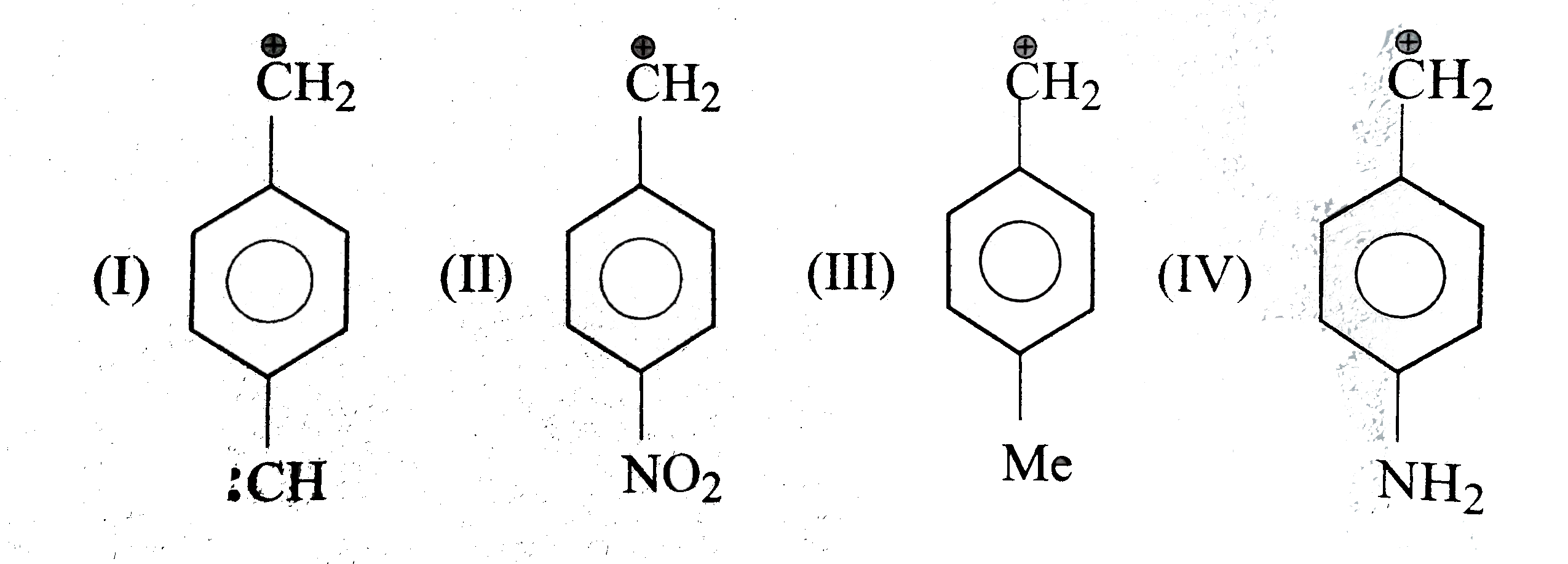
( e) Which of the following resonance structures of p−nitro phenoxide is not feasible ?
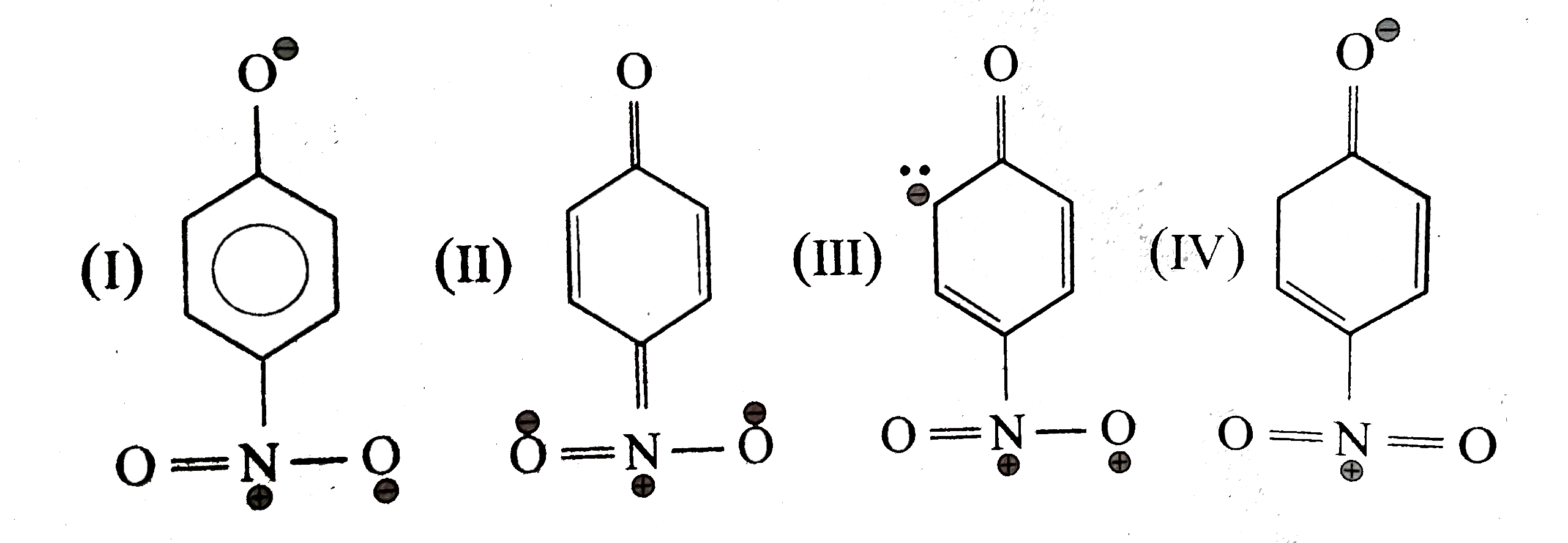 .
.
(f) Which of the more stable carbocation ? .
.
View SolutionThe correct order of stabilities of the following resonance structures is :
(I) H2C=⊕N=ӨN
(II) H2⊕C−N=ӨN
(III) H2ӨC−⊕N≡N
(IV) H2ӨC−N=⊕N.
View SolutionGive reasons for the following : (iii) R−COOH do not give characteristic reaction with >C=O.
View SolutionGive reaction for the following :
(a) In (III) is more stable than in (I) in aqueous solution.
(b) InCl3 undergoes disproportionation but InCl does not.
( c) Unlike In⊕,Tl⊕ is more stable with respect to disproportionation.
(d) Ga⊕ undergoes disproportionation reaction.
View SolutionExplain why (CH3)3C⊕ is more stable than CH3⊕CH2 and ⊕CH3 is less stable.
View SolutionGive structure for the products of the reaction when butanal is treated with each of the following reagents
(a) ⊕Ag(NH3)⊕O H then HOH / H⊕
(b) ⊕O H/HOH, Δ
(c) NH2OH/H⊕
(d) C6H5Li then HOH
(e) C6H5CHO, ⊕OH,Δ
(f) CH≡ CNa then HOH / H⊕
(g) CH2OH–CH2OH,H⊕
(h) SH–CH2–CH2–CH2–SH then Raney Ni/H2
(i) CH3MgBr then H2O
(j) HCN
(k) NaBH4
(1) CH3−CH2−Br∣CH−COOC2H5 and Zn then H2O/H⊕
(Reformatsky reaction)
View Solution